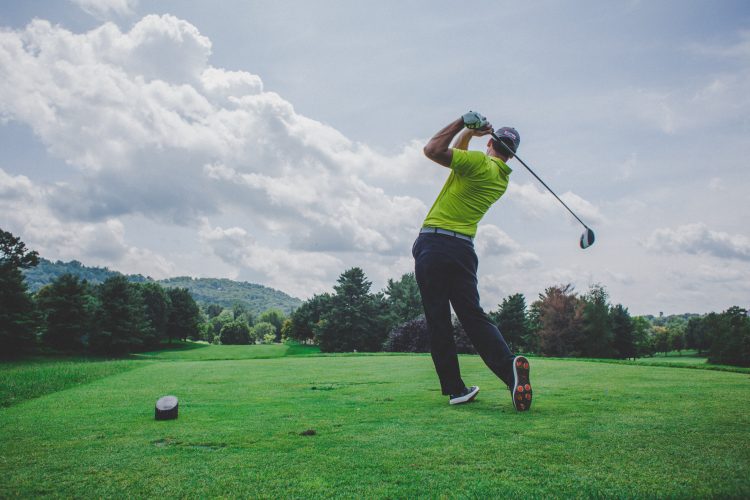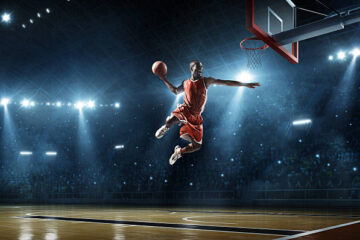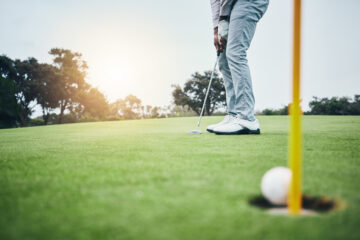Understanding the benefit of biomechanics in Golf

By: Andrew Loughray
There is information available widely through the web, PGA courses and magazine articles that brings you up to date with the latest thinking in golf. They teach you the latest on how to swing each club correctly, how to putt, how to analyse your swing, how to get mentally ‘tough’, how to improve flexibility and how to fitter and stronger for golf.
Today there is a plethora of information being offered about golf. Some of it correct, all of it interesting, but how much of it is relevant to you? And how do you know which of these generic exercise tips is going to help you? Even if you trained using each one for 6 weeks and then took the results onto the course and tried them – how do you then know whether your performance is ‘that exercise’ or that you just had a good day?
Even video/digital analysis, although interesting from all points of view measure the movement discrepancies in a golfer’s swing, it doesn’t tell us why you are performing these movement aberrations. Knowing what you’re doing wrong, but not knowing why you’re doing it is sometimes worse than not knowing what you’re doing wrong!
Golfers and Coaches need a simple system of analysis that they can use in conjunction with their coaching techniques to find out why golfers perform their particular swing. Although there are fundamental similarities to all good swings, each swing is like a finger-print and unique to that individual. Why is it unique? It’s because we are all biomechanically different and unless you understand what those differences are, how can you identify whether your swing is due to poor technique or something that has to done to compensate for a mechanical problem? You can’t. The variety of golf swings that exists represents the many ways that the human body can compensate for its biomechanical problems.
For example, let’s take a typical handicapper’s slice. You know the typical causes of a slice and the things you would normally work on, bearing in mind the individual and what you see. At the same time we also know that these ways don’t always work. There may be a number of reasons for this, the you may not be practicing, it may take some time to work out which is the best method for you or quite simply it may be that the person doesn’t have it in him to do what you want. Alternatively, it is likely that he can’t do it. If that pupil has a longer right leg (assuming he’s a right handed golfer), then he will have a tendency towards a more upright back swing. We know this because of the way spine and pelvis work biomechanically. A longer right leg compresses the joints in the spine on that side and so they can’t rotate easily. They therefore have to side bend to gap the joints and initiate movement, which causes an upright backswing. We also know that this then leads to a more out-to-in downswing and therefore a slice (depending upon grip and ball position of course). So you could work all day on preventing this upright backswing, which you know is leading to a slice, but it will not change until you’ve addressed the leg length discrepancy.
Invariably these leg length discrepancies are cause by a rotated pelvis and often they don’t cause symptoms, you won’t even know it exists. If this is the case then doing some simple exercises can help re-align the pelvis, reduce the leg length discrepancy and allow you to flatten that back swing.
There are many more of these examples. As well as leg length discrepancies, other biomechanical issues can include, poor motor programming strategy (the way the muscles link together in movement patterns), poor control between the pelvis and shoulders, nerve adhesions or stiffness, faulty core muscle control, immobility around the hips, pelvis and spine as well as simple lack of flexibility. Some of these issues sound quite technical and complex, but they’re actually very simple to test and eradicate.
Biomechanics works ‘hand in glove’ with your teaching, it is crucial Pro’s understand and embrace this as its going to be the next big thing in golf.
There is a system that exits that can help you and pros to learn about and address these issues. It comes 3 forms. Firstly there is a software package that takes you through some simple biomechanical tests and the expert system takes you through as series of exercises to eradicate their biomechanical problems. Secondly there are courses, which are endorsed by the PGA, which teach PGA professionals how to assess their own pupils and administer the exercises themselves. Or, thirdly experts can come to your club and assess your pupils individually and make bespoke recommendations based upon a detailed assessment of their biomechanics and following a discussion with their PGA professional, a decision can be made as to the best programme for them to follow.
Author Bio
Managing Director of HumanLab Sports, heading a team of bio mechanists, kinesiologists, physiotherapists, strength and cardio-vascular specialists. For further information contact: Andy Loughray 020 8543 5288- email: Andy@humanlabsports.com or visit our website www.humanlabsports.com
articlegeek.com







No Comment